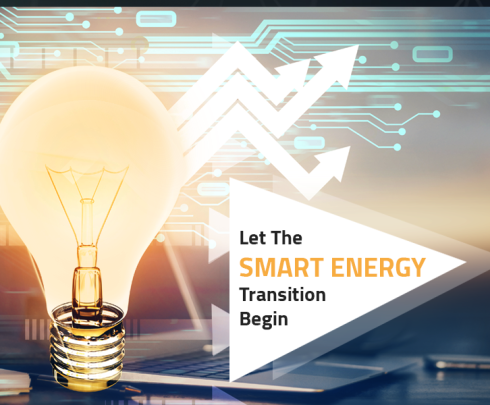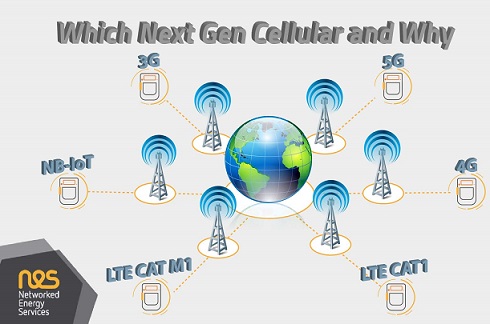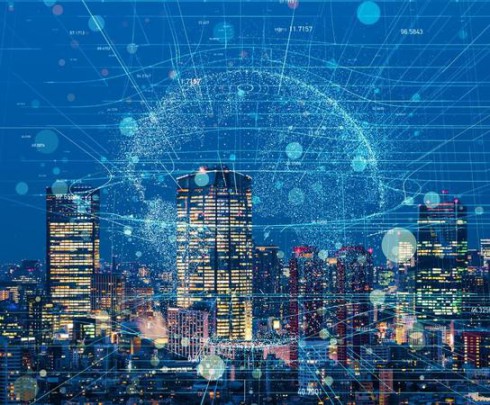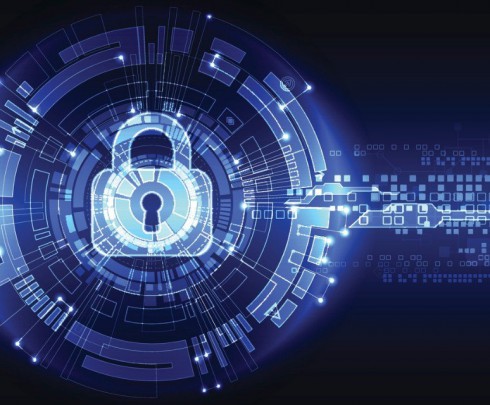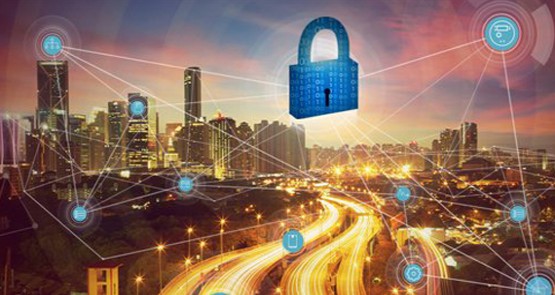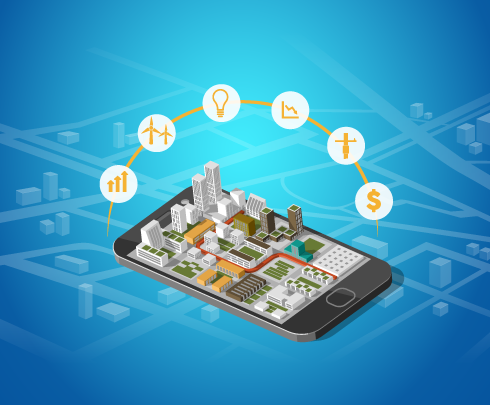
Smart Grid, Smart Cities and the App Store
Sep 26, 2018Of course, a Smart Energy Grid is an integral part of a Smart City. The social and sustainability benefits of the Smart City are dependent on reliable and secure supply of energy, leveraging the changing role of distributed generation and maximising distribution efficiency. This is clearly understood by the energy industry and directs the quality and “intelligence” of Smart Grid solutions in these environments.
Here is a whitepaper that will help you determine what type of Smart Grid is needed for a Smart City.
The linkage with the iTunes App Store may be a little harder to conceptualise, but that is exactly what Tauron, a leading DSO in Poland, has explained in a recent case study describing their deployment of a Smart Grid for their Smart City Wroclaw initiative. You can read the English version of this case study here, and the original in Polish here.
Tauron is referring to how their deployment of more than 360K meters allows the introduction of new meter vendors and services into their Smart Grid solution seamlessly; reliably working together and integrating with their back-end systems.
When you log into the iTunes App Store and download a new application, you just expect it to all work together. But, what does this mean? The application must function, yes. But, you expect the application to fit into the same security framework, co-exist with other applications sharing the same computing resource, offer the same user experience, interweave with other applications running on the same device and administrated through the same operational processes.
So, how does that translate into the Smart Grid in Tauron’s Smart City Wroclaw initiative?
Tauron has deployed an OSGP (Open Smart Grid Protocol) based solution which offers an unprecedented level of interoperability. OSGP certified meters do not just communicate over the same protocol. They communicate into the same head-end, they have the same operational controls and capabilities, they can be managed from the same operational screens and they apply the same stringent security capabilities. That is something which cannot be said for all AMI standards.
Tauron mentioned Mitsubishi Electric in their most recent case study, but other OSGP partners, including Apator and Networked Energy Services (NES), a leading supplier of highly sophisticated smart meters, have also provided OSGP certified meters for this Tauron project. You can find more information on the technology that brought this project to life here.
So, let’s go back to Tauron’s endorsed linkage to the App Store:
- Security – All OSGP devices implement industry leading security layers. An important aspect of this is that security across OSGP devices is always-on and fully enabled. There are no “chinks in the armour” for the OSGP devices. Regardless of which vendor provides the smart meters, security is uniform, fully enabled and stringent throughout the deployment.
- Co-existence – All OSGP devices share the same underlying infrastructure resources and are designed to do so collaboratively. This covers the connection from the meter to the concentrator, the functions of the concentrator, the communications back to the HES, and its IT compute resource. None of the OSGP devices will “hog” resources and lead to performance issues elsewhere within the solution.
- User experience – It is this conformity of performance which underpins the utility’s user experience. SLAs for all OSGP meters are monitored and managed centrally, and any remedial actions to improve SLAs in any black-spots are also standard and aligned to the OSGP characteristics rather than a specific meter vendor. By maintaining strong communications, the meters are able to share valuable information to the DSO including energy supply quality and energy flows from distributed generation.
- Interweaving with other applications – OSGP meters offer the means to control consumer devices, interact with the Smart Home, and interact with other smart but non-communicating meters. Any OSGP meter, equipped for such local connectivity, is supported through the same operations and control framework, and follows open standards to connect with the consumer equipment.
- Operational processes – Multi-vendor meter solutions often fragment at the operations layer. Alignment to a common protocol may not necessarily mean consolidation of operations to a single set of processes and a single set of operational screens. However, OSGP certified meters are managed through a single operational application, which provides fault, performance, accounting, configuration, remote device and security management.
So, when Tauron relates Smart Grid, Smart City and the App Store, they are illustrating how their vision for Smart Grid in the Smart City promotes a level of openness, expandability and flexibility should be achievable using leading Smart Grid protocols. The reality is not all standards guarantee this outcome. Tauron has demonstrated how this is a real and practical outcome, in its Smart City Wroclaw initiative, through the OSGP standard.




